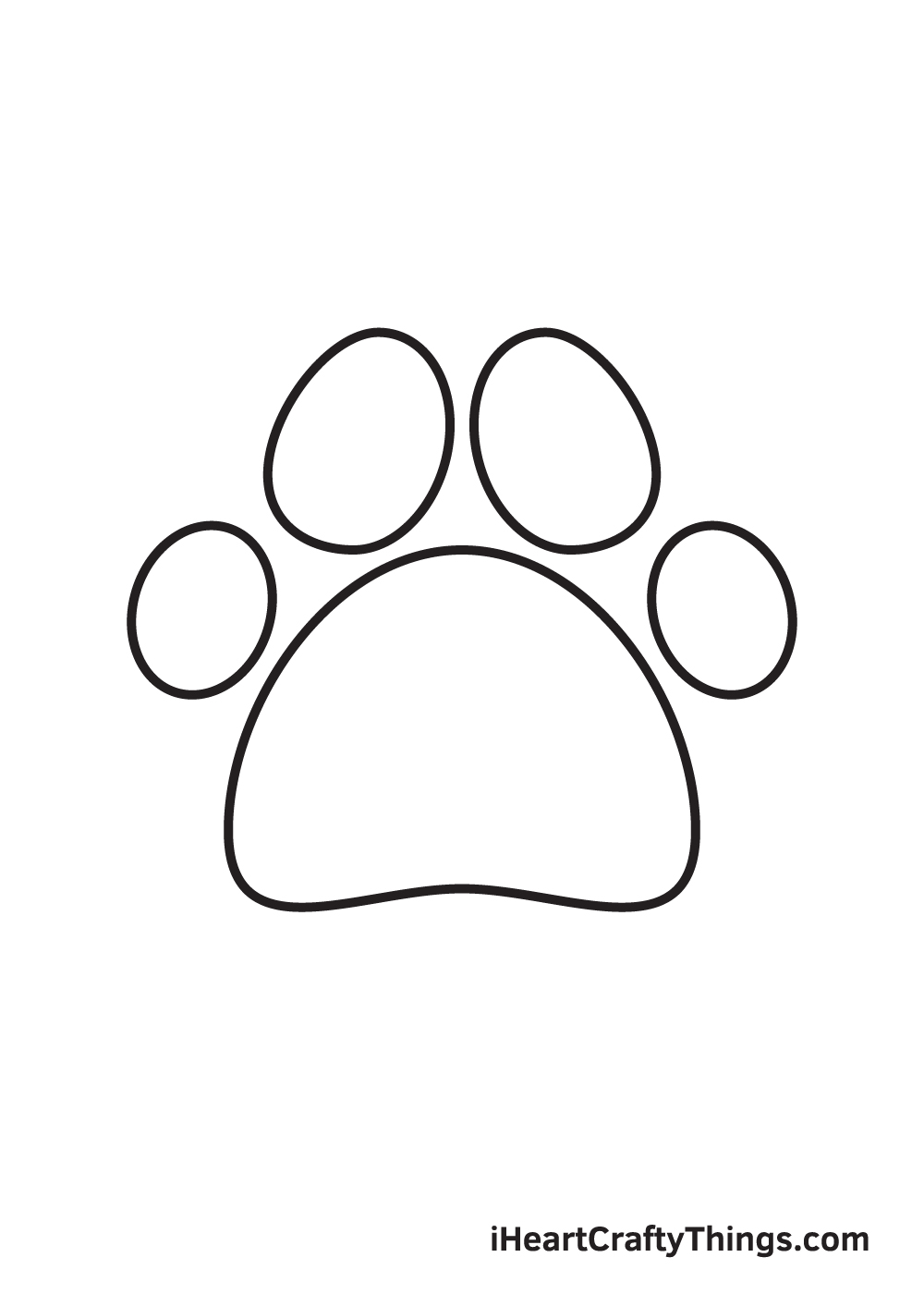In the realm of animal anatomy, the terms “paw” and “foot” are often used interchangeably, particularly when referring to mammals. While they share similarities in structure and function, there are distinct differences that distinguish paws from feet. Understanding these nuances is crucial for appreciating the unique adaptations of various animal species.
Paws: Specialized for Versatility
Paws, typically found on mammals like dogs, cats, and bears, are characterized by their soft, pad-like structure. These pads, covered in skin, are equipped with specialized features that enhance traction, balance, and sensory perception.

Key Features of Paws:
Soft Pads: Paws feature soft, pad-like structures that provide traction on various surfaces, including wet or uneven terrain.
Digital Pads: Paws have distinct digital pads located under each digit, enhancing grip and sensory feedback.
Claws: Paws often have retractable or non-retractable claws, providing protection, digging capabilities, and traction.
Feet: A Diverse Range of Adaptations
Feet, a broader term, encompass the extremities of various animal species, including mammals, birds, reptiles, and amphibians. They exhibit a wider range of adaptations, ranging from hooves to flippers, each tailored to the animal’s specific environment and locomotion style.

Types of Feet:
Hoofed Feet: These feet, found in animals like horses, cows, and sheep, feature hard, keratinized hooves that protect the foot and aid in running and grazing.
Clawed Feet: These feet, common in birds of prey, have sharp claws that enable them to grasp and capture prey.
Webbed Feet: These feet, found in aquatic animals like ducks and frogs, feature webbing between the digits, providing propulsion and maneuverability in water.
Comparing Paws and Feet: A Side-by-Side Analysis
The table below summarizes the key differences between paws and feet:
| Feature | Paws | Feet |
|---|---|---|
| Definition | Specialized foot structure found primarily in mammals | General term for extremities of various animal species |
| Structure | Soft, pad-like structure with distinct digital pads | Diverse range of structures, including hooves, claws, and webbed feet |
| Adaptations | Specialized for traction, balance, and sensory perception | Adapted for various environments and locomotion styles |
| Examples | Dogs, cats, bears | Horses, cows, sheep, birds of prey, ducks, frogs |
Conclusion: Embracing the Diversity of Animal Locomotion
The distinction between paws and feet highlights the remarkable diversity of animal locomotion. Paws, with their soft pads and specialized features, provide exceptional versatility for mammals, while feet encompass a wide range of adaptations that enable various animal species to thrive in their respective environments. By understanding these anatomical nuances, we gain a deeper appreciation for the intricate designs that underpin animal movement and survival.